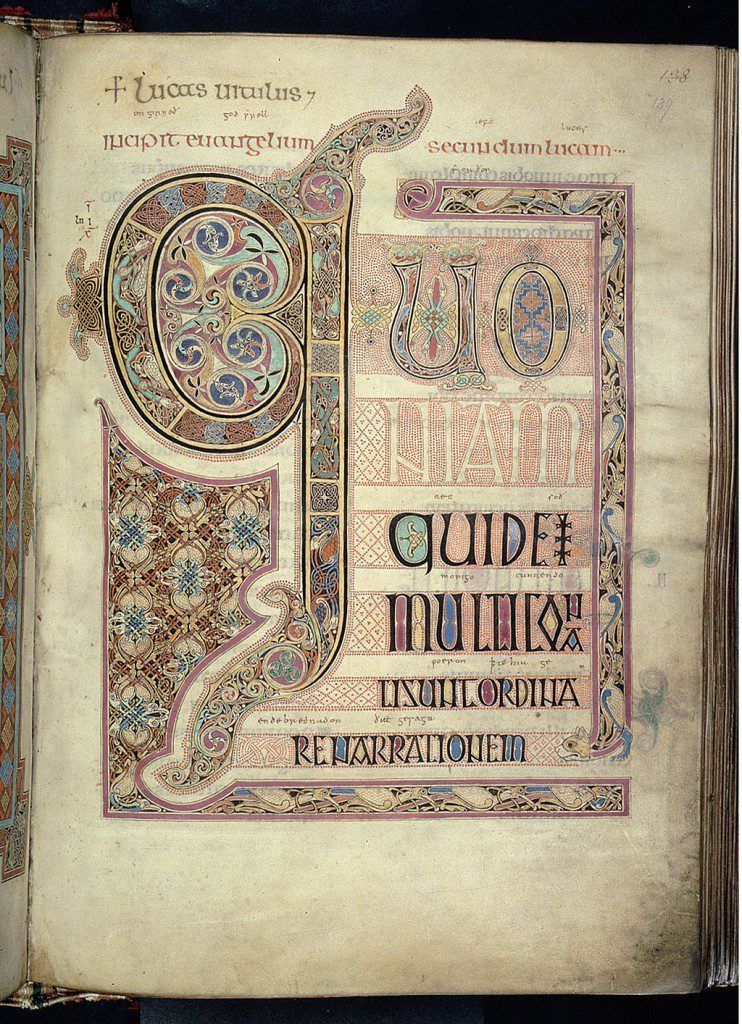
My wife and I spent the night on Holy Island, as the isle of Lindisfarne has been known for many centuries. It’s easy to drive over here at broad intervals, but, when the tide is in, this place becomes truly an island, separate from the coast of England.
By fortunate coincidence, we made the acquaintance of a Catholic nun here named Tessa — she wears no “habit” or distinctive clothing, so we only know that she’s a nun because she told us — and enjoyed several conversations with her.
When the tide is high, she said, you don’t need to look to see it. You can feel it, she explained. The tourists have gone, and the stillness is palpable.
She is right.
Holy Island or Lindisfarne was an important center of early Celtic Christianity in England. It’s particularly associated with St. Aidan, who had come as a missionary from the island of Iona off the western coast of Scotland in the mid-600s, and with St. Cuthbert, who flourished later in that same century. (An anonymous biography of St. Cuthbert may be the oldest surviving example of historical writing in the English language.)

(Wikimedia Commons)
And, of course, it’s famous for the beautiful Lindisfarne gospels, which were created here.
Given the quietude of this place when the tourists are gone, I was struck by a prayer attributed to St. Aidan of Lindisfarne:
Leave me alone with God
as much as may be.
As the tide draws the waters
close in upon the shore
make me an island, set apart,
alone with you, God, holy to you.
Then with the turning of the tide
prepare me to carry your presence
to the busy world beyond,
the world that rushes in on me
till the waters come again
and fold me back to you.
Posted from Lindisfarne, Northumbria, England











